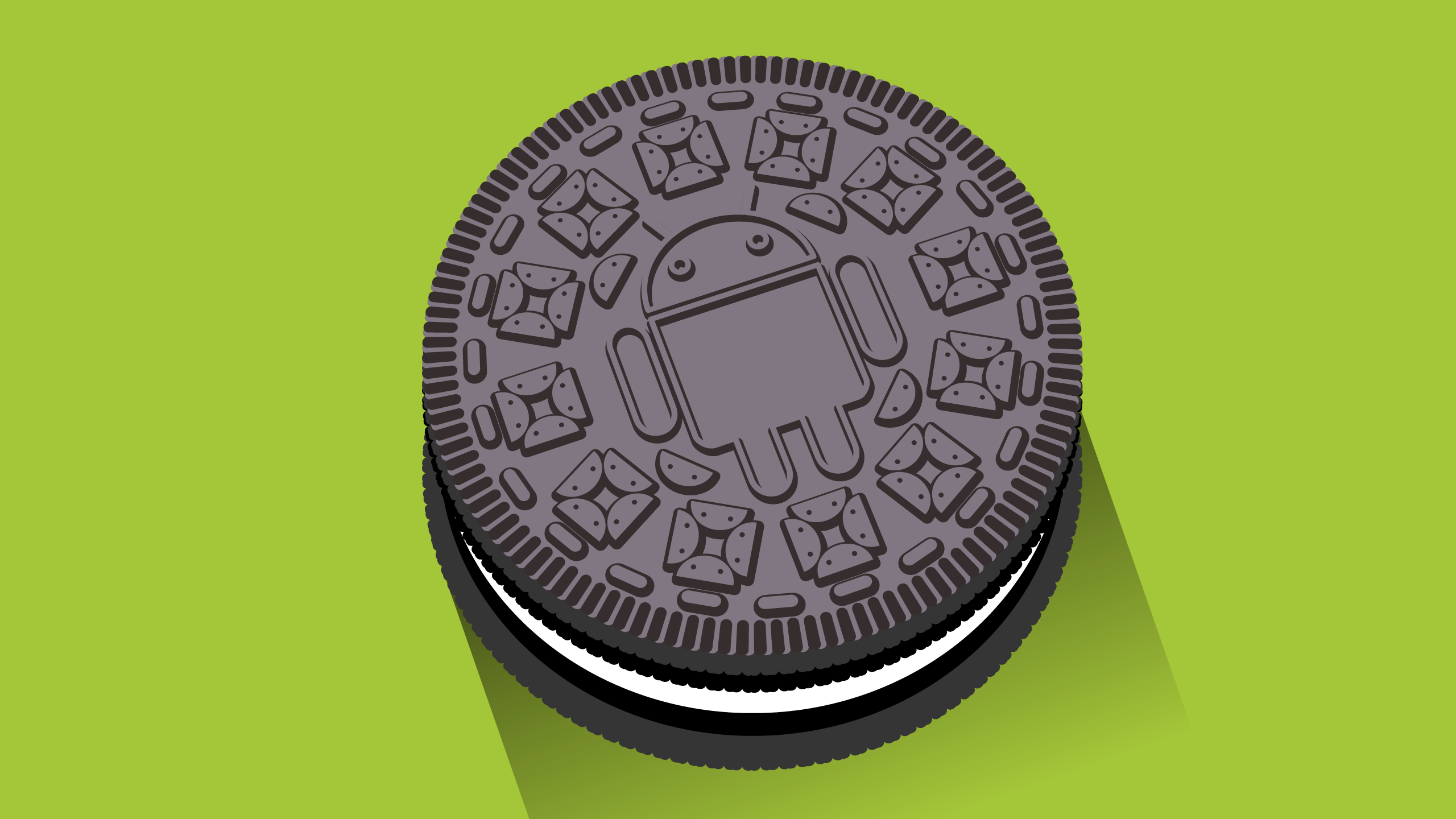advertisement
Here is what you need to know about the new Android Oreo
Google has started the roll-out of its eighth major version of the Android Mobile Operating System, Android “Oreo”. During the…

Google has started the roll-out of its eighth major version of the Android Mobile Operating System, Android “Oreo”.
During the release Google termed Android Oreo, (which was code named Android O) as Smarter, faster, more powerful and sweeter than ever. They termed it as “The world’s favorite cookie is your new favorite Android release.”
On March 21, 2017, Google released the first Developer Preview (DP) of Android “O”, available for the Nexus 5X, Nexus 6P, Nexus Player, Pixel C, and both Pixel smartphones. The second, considered beta quality, was released May 17, 2017. The third DP was released on June 8, 2017. The fourth and final beta release was released on July 24, 2017.
advertisement
DP3 finalized the release’s API to API level 26, changed the camera UI, reverted the Wi-Fi and cellular connectivity levels in the status bar back to Wi-Fi left, added themed notifications, added a battery animation in Settings: Battery, a new icon and darker background for the Clock app, and a teardrop icon shape for apps.
On August 18, 2017, Google launched an eclipse-themed teaser website, stating the release date and name unveiling of Android O as August 21, coinciding with the solar eclipse in the US. The name ultimately turned out to be “Oreo”, as a partnership between Google and Nabisco, the producers of the world-famous cookie. Factory images were made available for compatible Nexus and Pixel devices later that day.

Among the new improvements brought about in the new Android 8.0 Include increased speeds of up to two times faster as compared to its predecessor Android Nougat. Google says that Android 8.0 will enable swift moves behind the scenes and ensure you get started on your favorite tasks more quickly with two times the boot speed when powering up as ,measured on Google Pixel.
advertisement
The improved version will also help minimize background activity in the apps you use least. Android Oreo also comes with an autofill which with your permission, Autofill remembers your logins to get you into your favorite apps at supersonic speed.
Another interesting feature is the Picture-in-Picture which allows users to see two apps at once. A new enhancement is also the Notification Dots. By pressing the notification dots, users are able to quickly see what’s new, and easily clear them by swiping away.
With the Android Instant Apps users will also be able to teleport directly into new apps right from the browser, no installation needed. Android Oreo also comes with a Google Play Protect which allows users to work and keep their device and data safe from misbehaving apps by scanning over 50 billion apps per day, even the ones you haven’t installed yet!
advertisement
Another amazing aspect about the new OS is the strong battery life and comes with over 60 new emojis and another fully redesigned emoji set.

According to Wikipedia, the version history of the Android mobile operating system began with the public release of the Android beta in November 5, 2007. The first commercial version, Android 1.0, was released in September 2008. Android is continually developed by Google and the Open Handset Alliance, and it has seen a number of updates to its base operating system since the initial release.
Versions 1.0 and 1.1 were not released under specific code names. Android code names are confectionery-themed and have been in alphabetical order since 2009’s Android 1.5 Cupcake, with the most recent major version being Android 8.0 Oreo, released in August 2017.
After the Cupcake came the Donut (Android 1.6), éclair (android 2.0 and 2.1), froyo (Android 2.2 and 2.2.3), gingerbread (android 2.3 and 2.3.7), honeycomb android 3.0 and 3.2.6), ice cream sandwich (android 4.0 and 4.0.4), jelly bean (android 4.1 – 4.3.1), kitkat (android 4.4 – 4.4.4), lollipop android (5.0 – 5.1.1), mashmallow (android 6.0 – 6.0.1) and Nougat (android 7.0 – 7.1.2)
According to Global Android version distribution survey by Google as of August 2017. Android Marshmallow was the most widely used version of Android, running on 32.3% of all Android devices accessing Google Play, while Android Lollipop runs on 29.2% of devices.